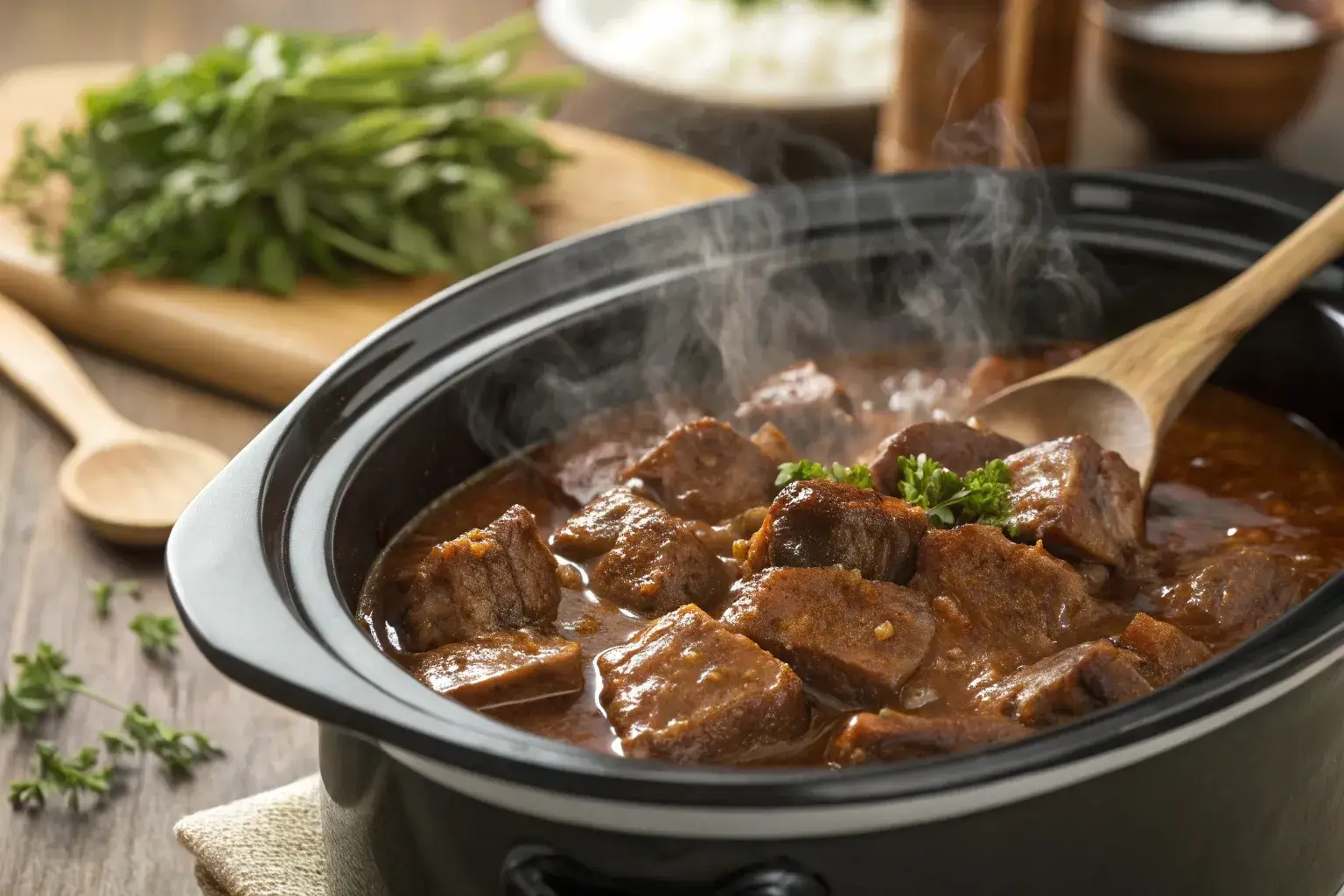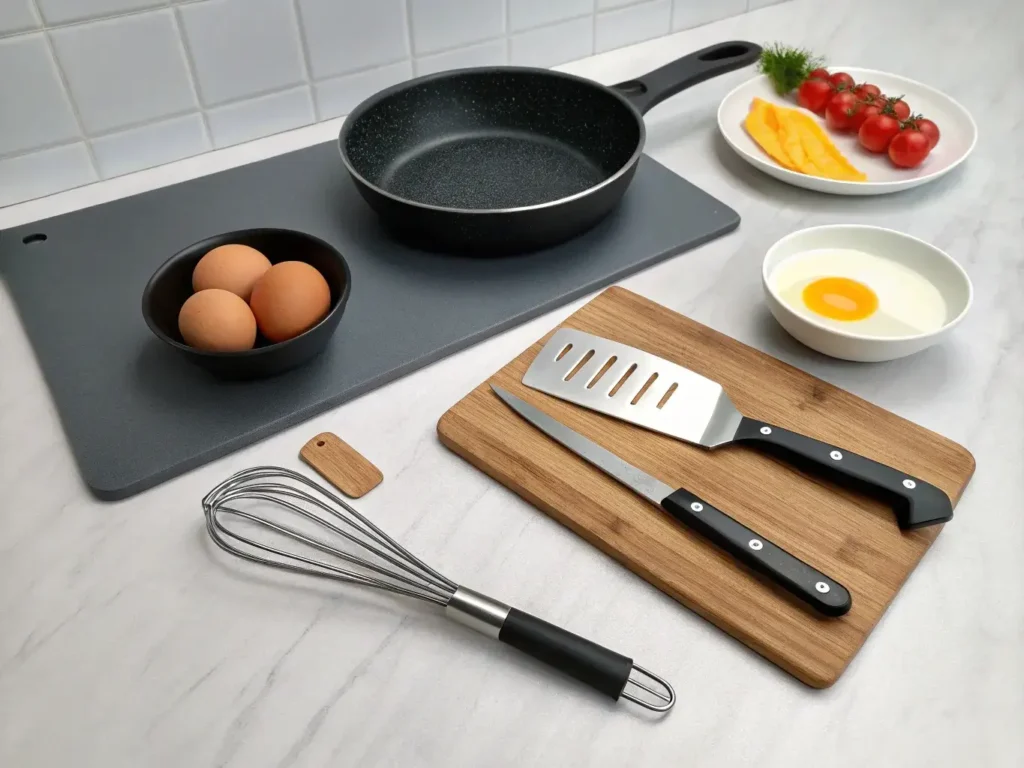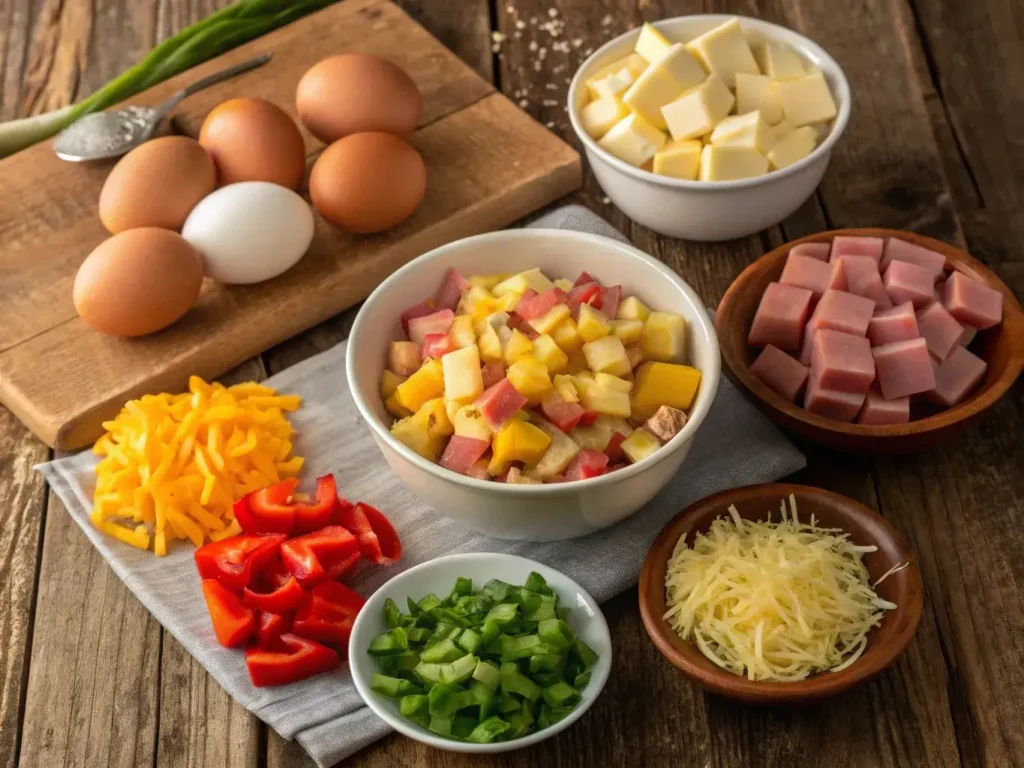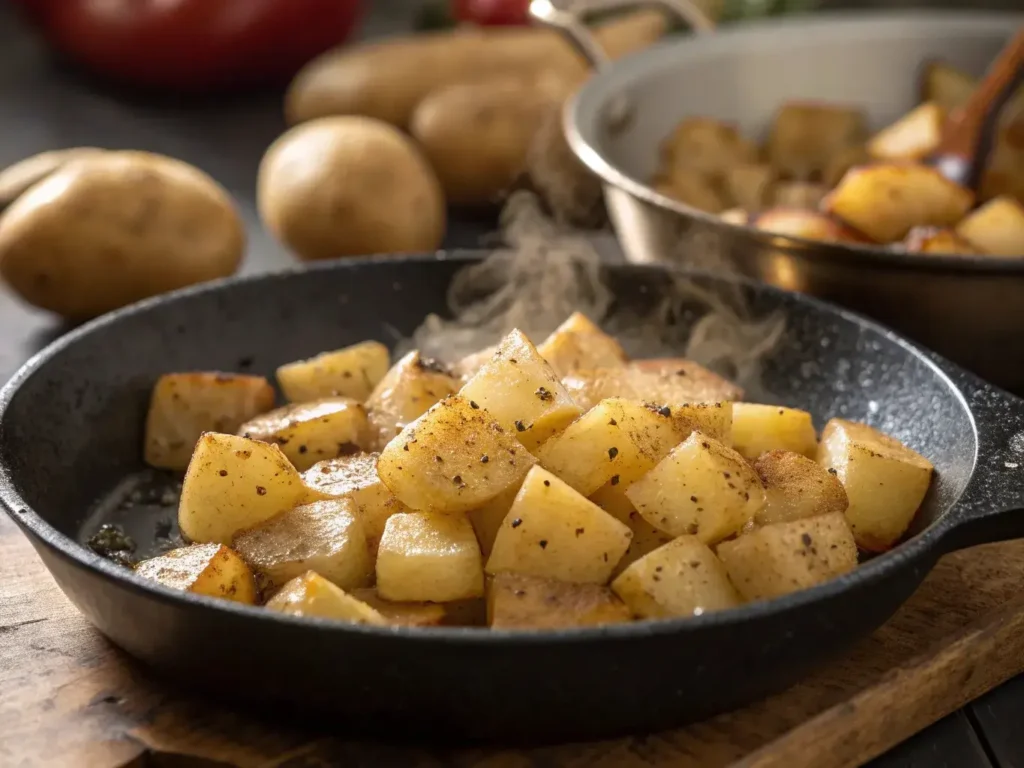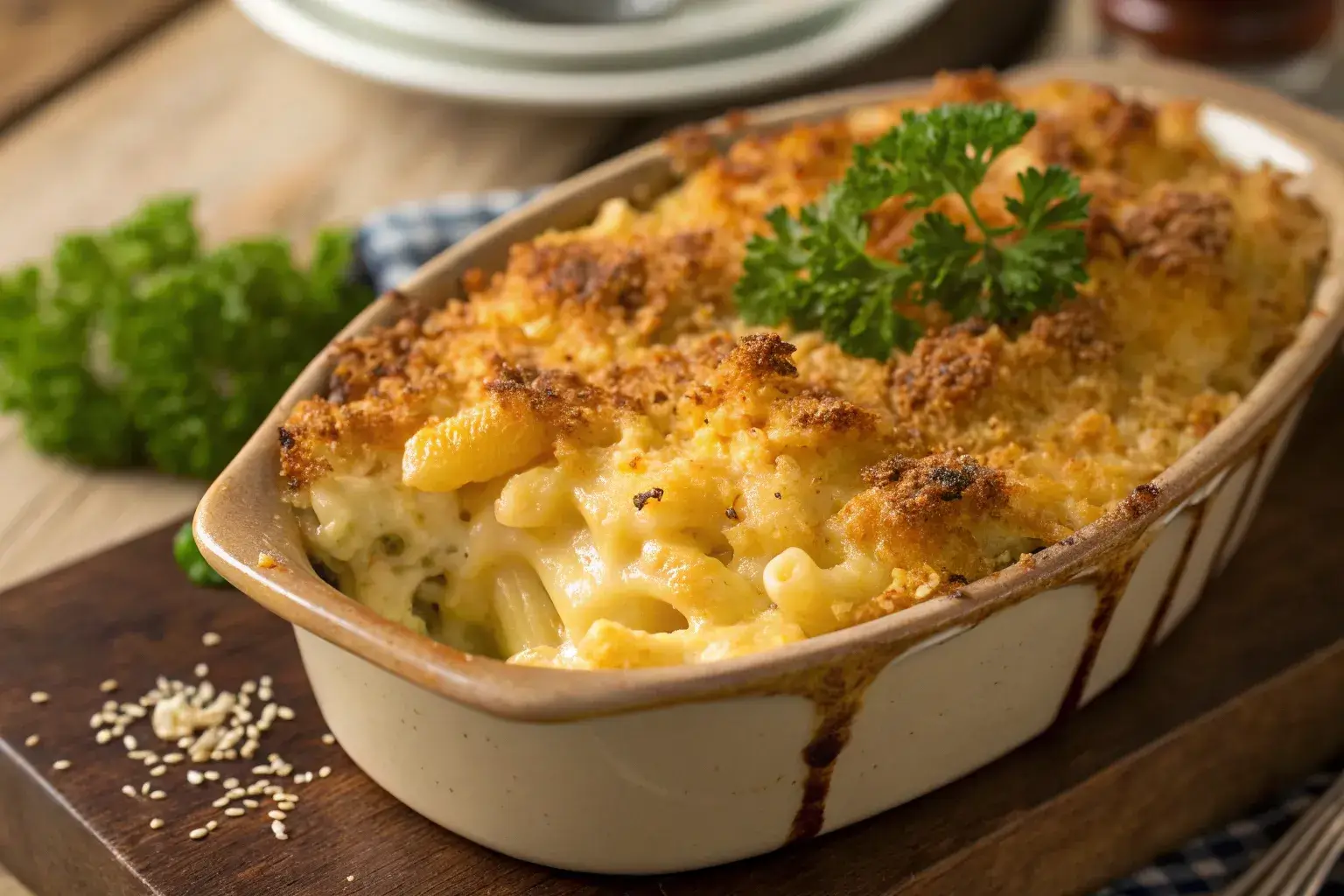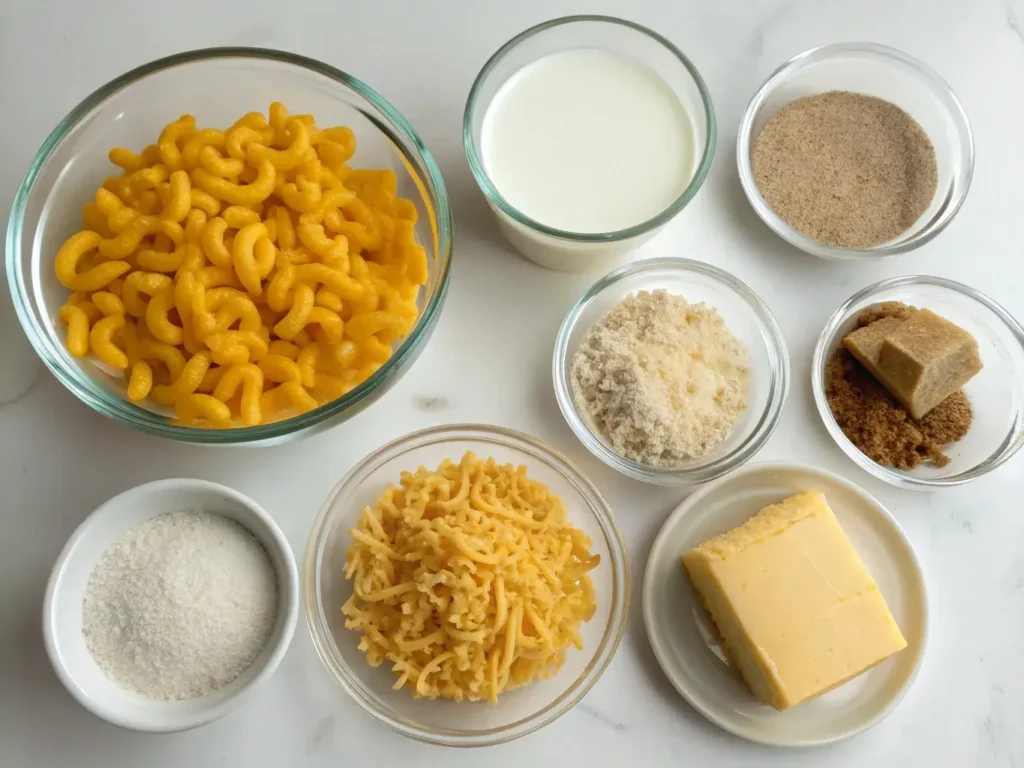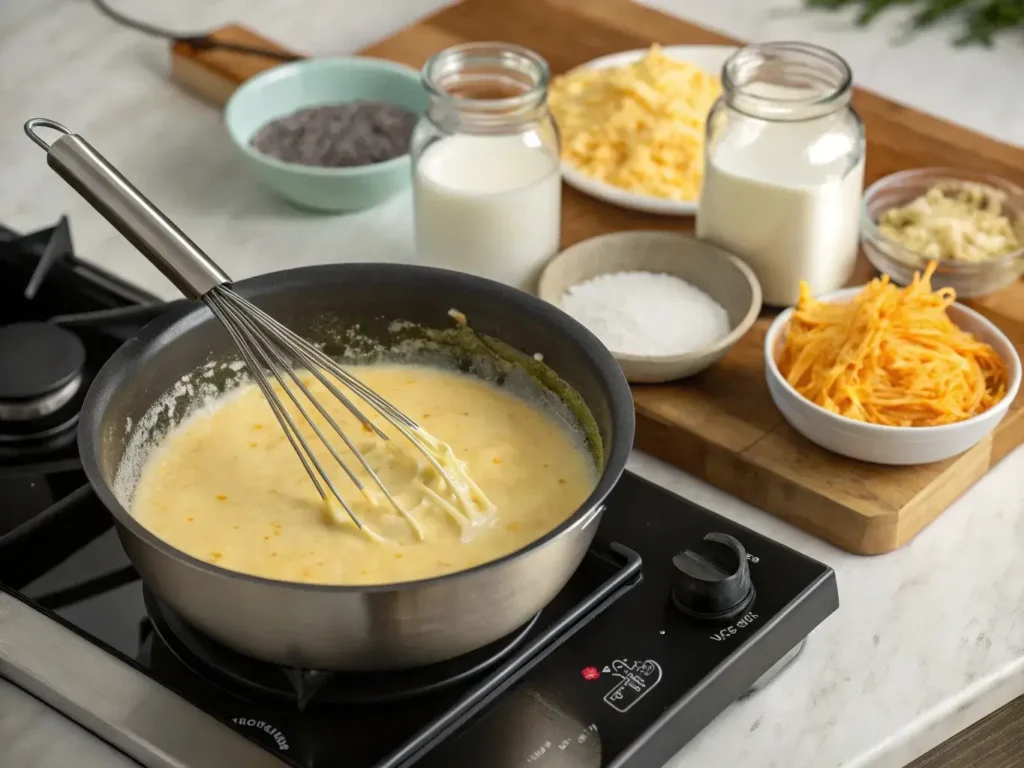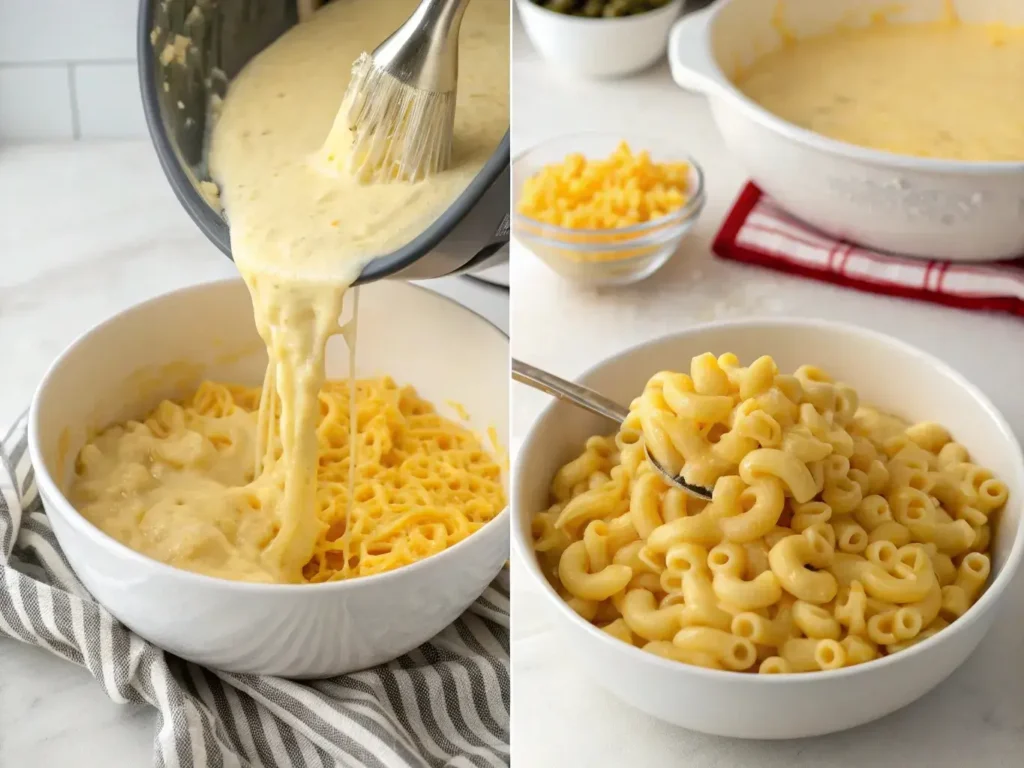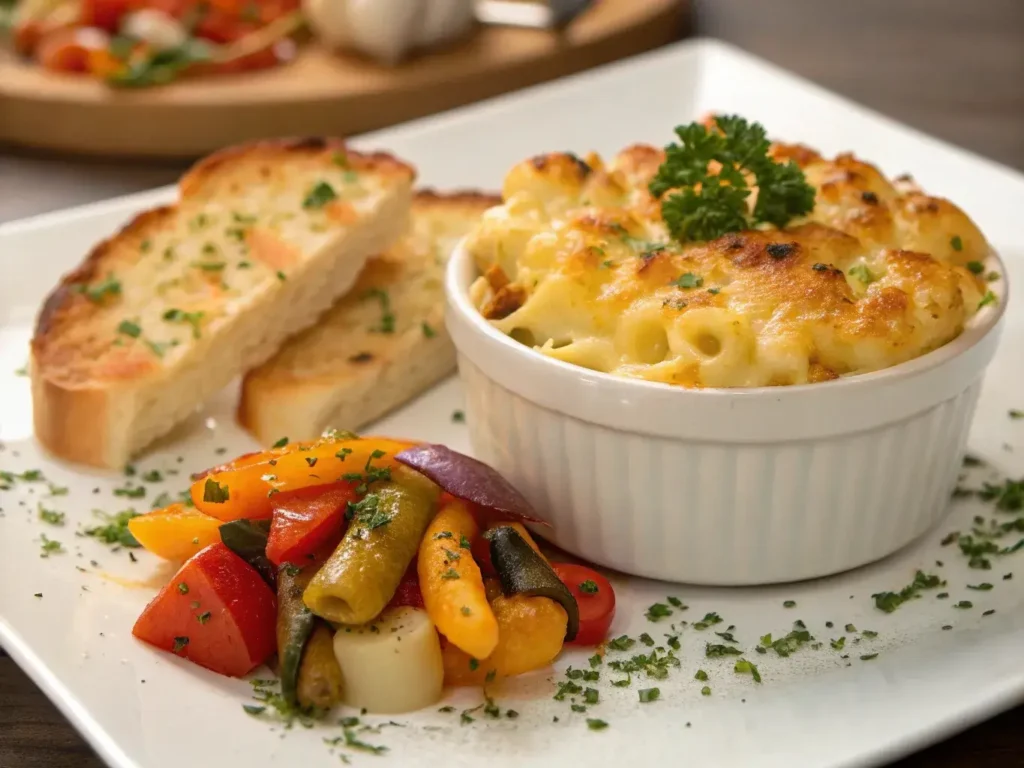Are you searching for a reliable way to make cube steak in crock pot without ending up with tough, chewy meat? You’ve come to the right place. In this guide, you’ll learn how to transform an affordable beef cut into a tender, savory delight that comforts both your taste buds and your wallet. In addition, you’ll discover how to layer flavors, choose complementary sides, and avoid common mistakes that can ruin an otherwise perfect meal. By the time you finish reading, you’ll feel confident enough to whip up an impressive dinner for your family—even on the busiest weeknights.
1. Why You’ll Love This Slow Cooker Steak
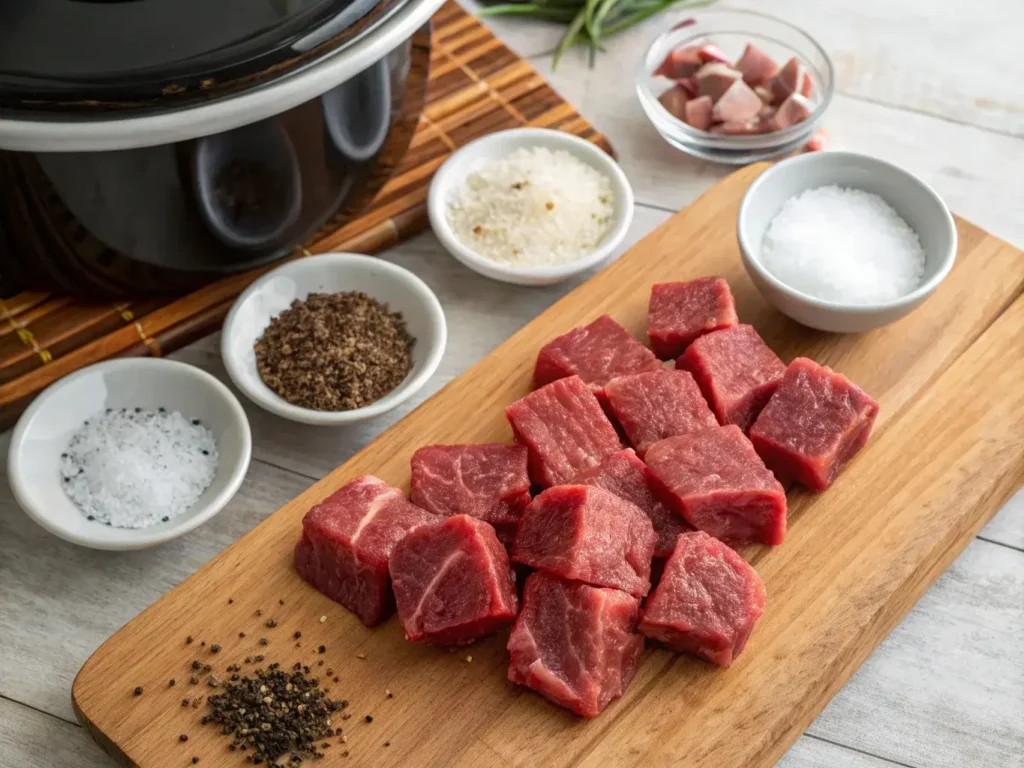
1.1 A Budget-Friendly Favorite
Cube steak is a wallet-friendly cut derived from tougher parts of the cow, such as the top round or sirloin tip. However, the mechanical tenderizing process that forms those signature “cube” markings helps break down some of the muscle fibers. As a result, you can enjoy a hearty beef meal without breaking the bank.
Nevertheless, many people avoid cube steak because they worry about it becoming chewy. In a crock pot, though, you can cook this cut at a gentle temperature for hours. Therefore, your beef will develop fork-tender texture while soaking up all the flavors you add. In addition, the extended cooking time works wonders for those looking to stretch their grocery dollars even further.
1.2 How Low-and-Slow Cooking Works
Slow cooking relies on low heat over a longer period. Thus, the connective tissues in beef gradually break down, yielding tender meat with minimal effort. This process especially benefits cuts like cube steak, which have more robust muscle fibers compared to premium steaks.
On the other hand, rushing the process by cranking the heat up often results in a tough, unpleasant dish. Therefore, letting the crock pot do its magic for six to eight hours on low ensures you’ll get a meal that practically melts in your mouth. Moreover, the crock pot locks in moisture, reducing the risk of dryness.
1.3 Key Benefits for Busy Schedules
Your time is precious, especially on weekdays. In addition, you might not always feel like cooking after a long day. Fortunately, cube steak in crock pot allows you to set it and forget it, freeing you to focus on work, errands, or family. There’s little risk of burning or scorching if you keep an eye on liquid levels.
Meanwhile, the slow cooker makes it easier to prepare side dishes. You can steam vegetables or whip up mashed potatoes during the last 20 minutes of your crock pot cycle. Thus, dinner can come together without any stressful last-minute scrambling.
1.4 Choosing the Right Crock Pot Tools
Before you begin, make sure you have the correct equipment. A 5- to 6-quart crock pot is ideal for feeding four or more people. Additionally, keep a sturdy cutting board and a sharp knife on hand. You’ll also want tongs for quick handling of the steaks.
Furthermore, some people prefer to sear the meat in a separate skillet before transferring it to the slow cooker. This step is optional, yet it adds a delightful crust and deeper flavor. Therefore, you might also consider having a heavy-bottomed skillet ready if you decide to sear.
For safe handling and recommended internal temperatures of beef, visit the USDA Official Site. There, you’ll find guidelines on cooking temperatures that ensure your meals are both safe and delicious.
2. Prepping for the Perfect Crock Pot Steak
2.1 Marinating & Seasoning Strategy
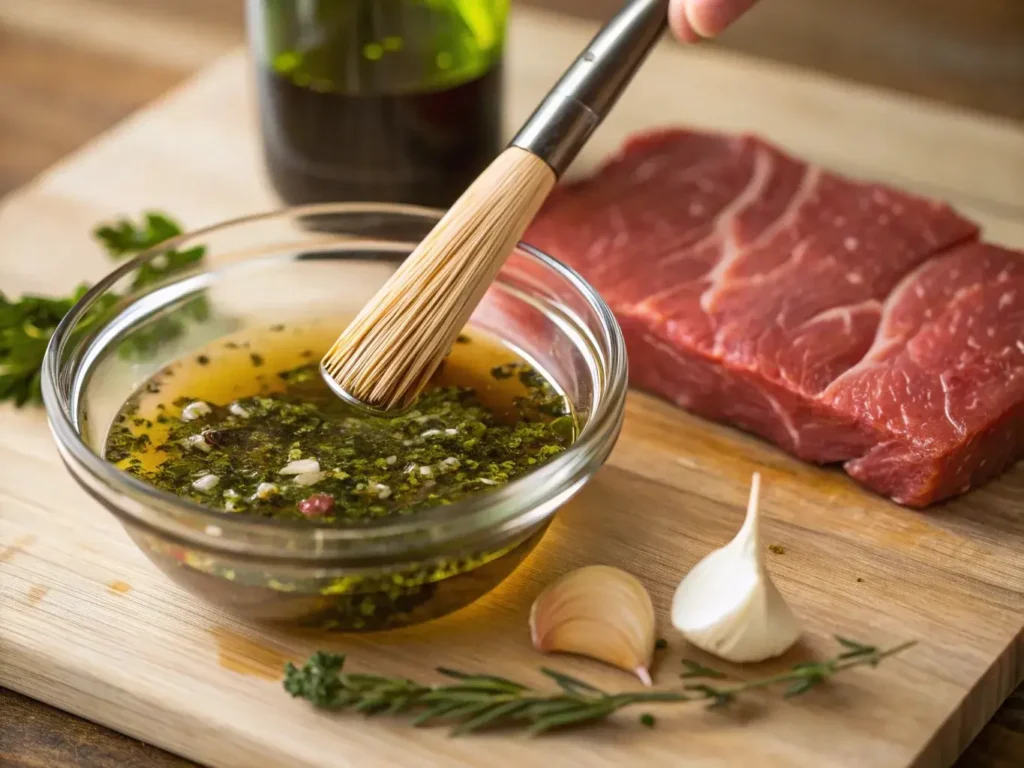
Before you toss your cube steak into the crock pot, you might wonder if marinating is worth the effort. Although marinating isn’t mandatory, it can be beneficial if you have the time. Therefore, consider a simple marinade of olive oil, garlic, Worcestershire sauce, and a pinch of salt. Let the meat rest for 30 minutes to an hour if possible.
When seasoning, keep it straightforward. A blend of salt, pepper, onion powder, and garlic powder is often enough. In addition, you can include dried herbs like thyme or rosemary for extra aroma. However, avoid over-salting at the start; you can always adjust seasoning after a few hours in the slow cooker.
Don’t miss How To Make The Ultimate Fajita Marinade In 5 Minutes
2.2 Optional Pre-Sear Tips
Searing cube steak before slow cooking is a game-changer for many home cooks. This step caramelizes the meat’s surface, locking in flavors and juices. However, searing isn’t required if you’re pressed for time. You can still achieve mouthwatering results by placing the seasoned steak directly into your crock pot.
If you decide to sear, heat a tablespoon of oil in a skillet over medium-high heat. Then, add each piece of steak and let it brown for about 1–2 minutes per side. On the other hand, do not overcrowd the pan. Doing so lowers the heat and prevents a proper sear.
2.3 Building Layers of Flavor
Layering your ingredients is another smart way to maximize flavor. You can start by placing onions or sliced mushrooms at the bottom of your crock pot. Thus, these vegetables infuse your steak with aromatic juices as they cook down. In addition, they help prevent your meat from scorching on the pot’s base.
You can also add a flavorful liquid or sauce. Consider using beef broth, mushroom soup, or even a packet of onion soup mix. Meanwhile, a dash of Worcestershire sauce or soy sauce can add a deeper dimension. Therefore, combine these liquids in a small bowl before pouring them over your steak.
2.4 Smart Ingredient Swaps
Not everyone has the same staples in their pantry. Hence, you might need alternatives. If you’re out of beef broth, for instance, you can substitute chicken broth or vegetable stock. On the other hand, if you want a thicker gravy, stir in a bit of cornstarch near the end.
For a creamier dish, some cooks swear by adding cream of mushroom or cream of celery soup. Feel free to customize your recipe to suit dietary preferences. For instance, use low-sodium broth if you’re watching your salt intake, or opt for gluten-free soup alternatives if you have sensitivities.
3. Step-by-Step Guide to a Savory Crock Pot Cube Steak
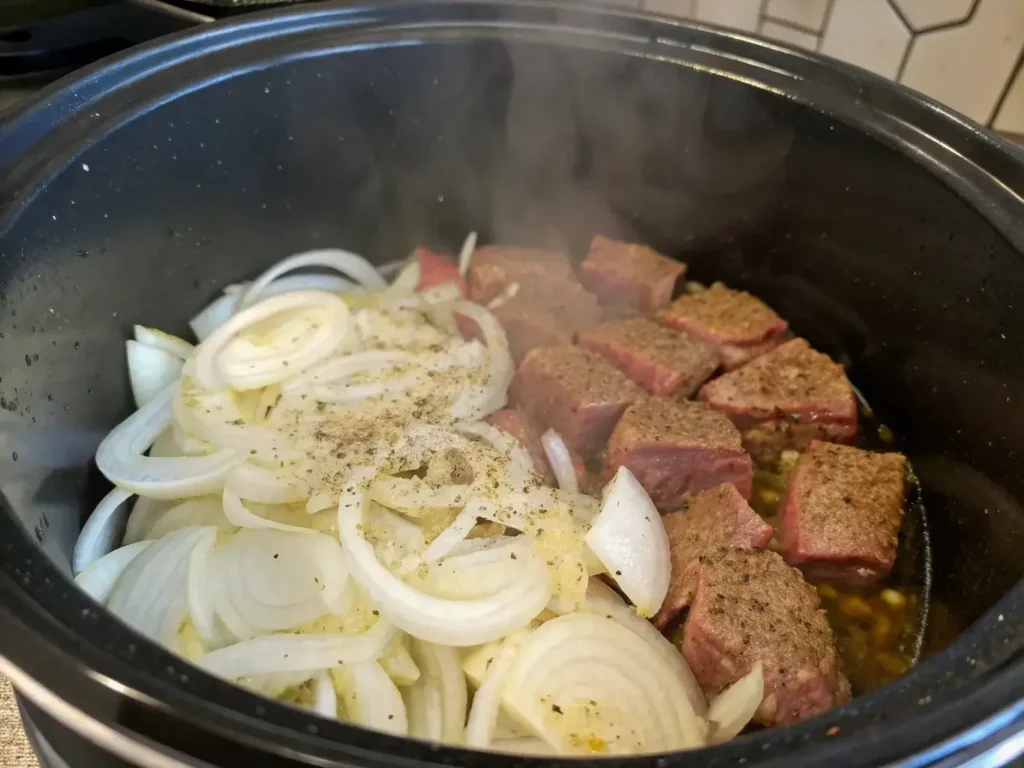
3.1 Gathering Your Ingredients
To create your easy cube steak recipe, keep a list of simple ingredients within arm’s reach:
- Cube steak (about 2 pounds, sliced into portions)
- Salt and pepper (1 teaspoon each, or to taste)
- Garlic powder (1 teaspoon)
- Onion powder (1 teaspoon)
- Oil (1 tablespoon, if searing)
- Beef broth (1 cup, or substitute)
- Sliced onions (1 medium onion)
- Optional: sliced mushrooms, bell peppers, or diced carrots
In addition, measure these ingredients ahead of time to ensure you don’t miss anything. It’s easy to forget a spice or garnish when you’re juggling multiple tasks.
3.2 Layering for Maximum Tenderness
Start by lightly greasing the inside of your crock pot or using a liner. Then, spread your onions (or other vegetables) on the bottom. If you pre-seared your steaks, place them directly on top of this layer. Otherwise, add the raw, seasoned cube steak.
Next, whisk together your broth (or soup) with any seasonings you wish to use. Pour the mixture carefully over the meat. Therefore, the flavors will seep into each piece. Make sure the liquid covers the steaks about halfway. You can add more broth if necessary.
3.3 Monitoring Cook Times
Cooking cube steak in crock pot typically takes 6–8 hours on the low setting or 3–4 hours on high. However, times may vary based on your slow cooker’s brand and the thickness of your meat. Keep in mind that opening the lid often can release heat, thus extending your cook time.
If you’d like a quick check, lift the lid around the halfway mark. Gently pierce a steak with a fork to test tenderness. On the other hand, if it’s still tough, it likely needs more time. In addition, taste the liquid for seasoning. You can sprinkle in more salt, pepper, or dried herbs if needed.
3.4 Final Touches & Thickening Your Gravy
As your steak nears the end of its cook time, you can enhance its gravy consistency. One easy way is to remove a few tablespoons of the hot cooking liquid and whisk it together with cornstarch or flour. Then, return this slurry to the crock pot, stirring gently. Therefore, the sauce will thicken into a cozy gravy that coats each bite.
When your steak feels fork-tender, turn off the crock pot and let it rest for a few minutes. Meanwhile, you can finish preparing your side dishes. After resting, serve your tender slow cooker steak with a drizzle of gravy on top. Sprinkle chopped parsley or green onions for a fresh pop of color.
4. Creative Add-Ons & Side Dishes

4.1 Classic Pairings Everyone Loves
For many people, mashed potatoes are the go-to side for cube steak in crock pot. The creamy potatoes contrast beautifully with the savory gravy. However, you can also opt for buttered egg noodles or fluffy white rice to soak up those tasty juices.
Additionally, bread rolls or crusty baguettes work wonders for sopping up leftover sauce. In fact, some families even prefer to serve cube steak with homemade biscuits. Regardless of your choice, make sure it complements the rich flavors of your slow cooker creation.
4.2 Going Beyond Basic Vegetables
Although onions and mushrooms are popular additions, don’t be afraid to branch out. For instance, you can add sliced bell peppers or zucchini toward the last hour of cooking. In addition, diced tomatoes lend a slight tang to your gravy.
If you prefer a sweet-and-savory contrast, try adding baby carrots. They’ll soften in the crock pot while absorbing the seasoning. On the other hand, root vegetables like parsnips or turnips can also be diced and placed in the pot. Therefore, you have many possibilities for personalizing the meal with your favorite produce.
4.3 Dietary Modifications & Tips
If you’re watching your sodium intake, opt for low-sodium beef broth and skip the soup mix. You can rely more on natural seasonings like fresh herbs, garlic, and onion. On the other hand, if you follow a gluten-free diet, check your soup labels carefully, or use cornstarch instead of flour.
Keto enthusiasts can still enjoy cube steak in crock pot by avoiding starchy sides. Serve your steak alongside cauliflower mash or zucchini noodles, which soak up the gravy just as well. Therefore, you can easily adapt this recipe to various eating styles without losing flavor or texture.
4.4 Storage & Reheating
After your meal, store leftover steaks in an airtight container with their gravy. Keep them refrigerated for up to three days. In addition, you may freeze the dish if you want to extend storage time. When reheating, add a splash of broth or water to maintain moisture.
For best results, use the stovetop over medium-low heat or place everything back in a crock pot on the warm setting. Microwave reheating can cause uneven warming, so stir frequently if you choose that method. Thus, a little extra attention ensures that the meat remains juicy and tender.
5. Common Pitfalls & Best Practices
5.1 Avoiding Tough Meat
Nothing ruins a meal faster than unyielding meat. Therefore, remember that low and slow is the secret. A short cooking duration or high heat will not properly break down the connective tissues. Keep your crock pot on low for the recommended time, and resist the urge to peek too often.
In addition, overcooking can be an issue if you leave the crock pot on for too long—especially on high. Hence, if your schedule demands more than eight hours, consider using an automatic timer feature that switches the cooker to a warm setting after a set time.
5.2 Balancing Liquids & Seasonings
Too much liquid can dilute the flavors of your meal. However, too little might cause your steak to dry out or even burn. Aim for enough liquid to cover roughly half the thickness of your meat. This ratio typically allows for evaporation while retaining enough moisture for braising.
Moreover, taste your sauce halfway through cooking. If it seems bland, add spices or a dash of hot sauce for an extra kick. On the other hand, if it tastes too salty, balance it out with a bit of water or unsalted broth.
5.3 When & How to Add Veggies
Sturdy vegetables like carrots or potatoes can handle the full cooking cycle. Therefore, place them at the bottom of the crock pot. Delicate vegetables like bell peppers or zucchini, however, might get mushy if cooked too long. Thus, add them in the final hour or so to preserve their texture.
If you choose to sear these veggies beforehand—especially onions and mushrooms—they’ll develop a delightful caramelization. Nevertheless, skipping this step won’t make or break the dish. You simply have different flavor profiles depending on your method.
5.4 Checking Doneness Without Overcooking
You can use a fork or a small knife to test for tenderness. If the meat flakes or cuts easily, it’s usually ready. Keep in mind that “doneness” for cube steak is more about texture than a specific internal temperature. However, the USDA recommends reaching a minimum internal temperature of 145°F (about 63°C) for beef safety.
Overcooking can cause the protein fibers to tighten again, resulting in dryness. Therefore, aim for that sweet spot where the steak is fully cooked but retains enough moisture. In addition, let your meat rest for a few minutes before serving to allow juices to redistribute.
FAQs
Q1: Why is my cube steak tough in the crock pot?
Often, cube steak becomes tough when it’s either cooked at too high a heat or not given enough time to break down connective tissues. Thus, cooking low and slow with enough liquid helps keep the meat tender. If you notice dryness, try adding more broth or sauce and extending the cook time slightly.
Q2: Does cube steak get tender the longer it cooks?
Yes, cube steak typically benefits from extended cook times in moist heat. Therefore, the low-and-slow method allows collagen and fibers to soften, which results in a melt-in-your-mouth texture. However, be mindful that cooking it too long on a high setting can lead to dryness.
Q3: How long does it take for steak to cook in a crock pot?
Generally, cube steak requires 6–8 hours on low or 3–4 hours on high. However, factors such as the thickness of the steaks, your specific slow cooker, and whether or not you seared the meat first can influence the exact timing. Check for tenderness around the halfway point and adjust as needed.
Q4: How do you cook cube steak without it getting tough?
You keep the heat gentle, use enough liquid, and let the steak simmer until fork-tender. On the other hand, pre-searing can lock in juices and add flavor. Also, adding vegetables and seasoning layers helps maintain moisture, preventing the meat from drying out during the cooking process.
Conclusion
Preparing cube steak in crock pot doesn’t have to be an intimidating experience. When done correctly, this simple method allows you to enjoy fork-tender meat with minimal fuss. By layering flavors, balancing liquids, and choosing the right add-ins, you’ll transform an affordable cut of beef into a hearty, mouthwatering meal. Furthermore, slow cooking fits perfectly into a busy lifestyle, letting you focus on other tasks while your dinner takes care of itself.

